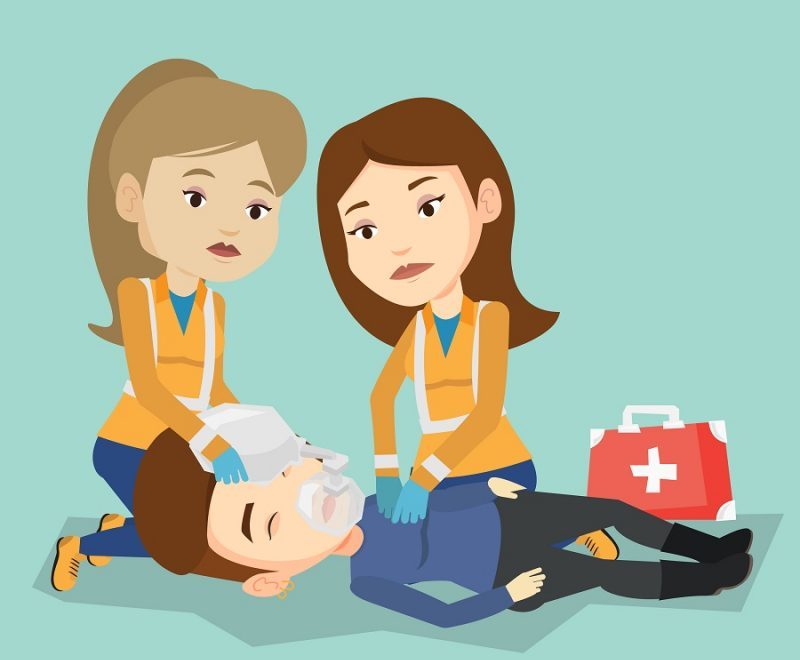
Studies have shown that bystanders are more willing to react if they have a simpler task to perform and if they don’t have to put their mouth on the mouth of a stranger. Why doesn’t everyone learn to perform rescue breaths?
Cpr stands for professional#
A professional is taught to perform rescue breaths and chest compressions among other things. A non-professional might be taught to perform chest compressions ONLY.Here are some of the differences between what a professional is taught and what a non-professional is taught. A regular person could take a basic CPR course. A medical professional might be required to take a Healthcare Provider BLScourse which is just an advanced CPR course for Healthcare Professionals. A professional medical worker such as a doctor, nurse, EMT, or fireman learns CPR with some added techniques that are only taught to medical professionals. BLS is a term used at the professional level that indicates more complex CPR training for a medical professional. There is not much difference between the two. What is the Difference Between CPR & BLS? When you encounter one of these situations, you must act right away. The victim might be experiencing a heart attack or strokeĪll these situations are serious and life threatening.The victim might be experiencing some sort of respiratory failure.There are many situations where a rescuer might need to perform Basic Life Support ( BLS) on a victim. This might sound a lot like CPR and it is. If a victim’s breathing or heartbeat has stopped, BLS aims to keep the victim alive by manually pumping blood and oxygen through the victim’s body to the vital organs. When a person’s heart stops beating, the lack of oxygenated blood flowing through the body can cause brain damage in only a few minutes. It is a set of techniques used on a victim to help maintain the victim’s life. To know more about the program, call us at (281) 728-6012.BLS Stands for Basic Life Support. So, what does CPR stand for is clearly defined here? As the name explains, emergency treatment results in the recovery of the heart and lungs. Hence, it saves life by continuing the heart to pump blood to the rest of the body. It hardly takes about 5-6 minutes for this process, and after 10 minutes, recovery is impossible. Within few minutes, the tissues and organs start dying, resulting in brain damage. Once your heart stops functioning, the body deprive of oxygen. It means giving life to someone near to death. Tissues can’t store much oxygen hence the continuous flow is necessary so that each part gets a sufficient amount. The oxygen and sugar combine to give out the fuel that we utilize to carry on daily routines.

When we breathe, the lungs fill up the oxygen necessary for functioning. After heart, it is one of the major organs in our body. Therefore the organ must continue functioning correctly. It would ultimately, in a few minutes, result in death. If this main organ stops working for a few minutes, the oxygen won’t reach, leading to tissues and other organs damaging. Oxygen-rich blood is pumped throughout the body through the heart.

It is one of our body’s major organs and starts functioning even before we open our eyes in this world. In an average person, it contracts and expands over 60 times per minute. C=CardioĬardio, as the name, suggests refers to the heart. To understand the tern more precisely, let’s look at each of the letters individually. So, by giving CPR immediately, the heart starts pumping blood to the brain and elsewhere in the body. Moreover, when the oxygen can’t reach the brain for just a few minutes, it can result in permanent brain death.

Hence with pumping in oxygen through mouth and chest compressions, the lungs start functioning, and the heartbeat normalizes. In all these situations, the individual gets blocks breathing, and oxygen supply stops in the body, which is life-threatening. CPR effectively saves lives in case of any emergencies like heart attack, stroke, electric shocks, or even drowning. It will keep the person alive till medical help arrives. By this method, the patient regains his breathing, and the oxygen supply starts throughout the body. It involves the right moves and breathing techniques, which are taught during the professional training program. The procedure needs proper training and includes mouth to mouth respiration and chest compression. It is used in case of emergency to save lives. What do CPR letters stand for?ĬPR means cardiopulmonary resuscitation. Many of us often know about the method, but are not clear about what CPR stands for? In the article, we will clearly define the abbreviation and what does each letter explain individually. Have you ever seen anyone’s life saved by giving CPR at the right time? It is a useful technique, when done, correctly can save lives in case of emergency.


 0 kommentar(er)
0 kommentar(er)
